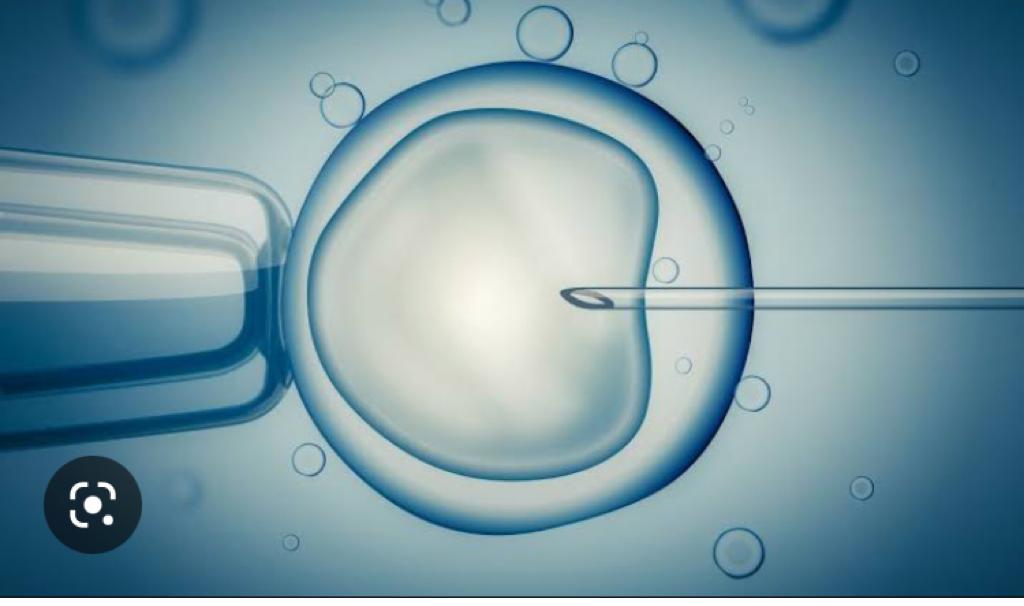A technique used in invitro fertilization (IVF) is called intracytoplasmic sperm injection, or ICSI. It has the potential to result in a healthy pregnancy in couples who have been diagnosed with infertility.

ICSI-IVF is a specialized method of in vitro fertilization utilized most typically in situations of severe male infertility, following numerous unsuccessful fertilization efforts with traditional IVF or post egg freezing or oocyte preservation.
In classical IVF, sperm and egg are placed in a dish. Whether a sperm fertilizes an egg is random. No conception occurs if no sperm fertilizes the egg.
ICSI involves injecting one sperm into one egg. Following this, the embryo is implanted into the uterus. Embryo attachment to the uterine lining causes pregnancy.
In cases of male infertility, this particular method of in vitro fertilization is the most successful treatment option
ICSI is particularly beneficial for couples when the male partner cannot conceive naturally. If an individual has any of the following conditions, their healthcare expert may advise ICSI to them:
You could also require ICSI if the following apply:
The following are the stages that are included in the treatment process of IVF and ICSI:
If the results are positive, ultrasonography is arranged two weeks later to ensure that the gestation is progressing correctly.
If the test is negative, the lady will continue to experience menstruation and must decide whether to attempt again.
When appropriately used, IVF with ICSI can be an incredible technique. IVF and ICSI both include several procedures spread out over many weeks. Your unique circumstances and health history may impact your chances of conceiving through IVF or ICSI. Medical issues are uncommon when highly experienced professionals perform IVF and ICSI.